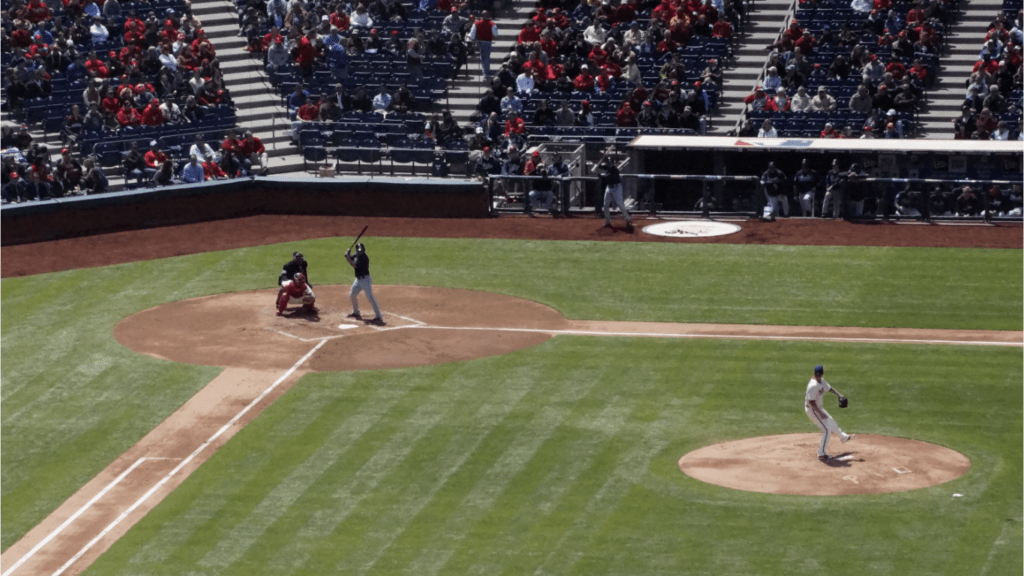Understanding Fantasy Sports Leagues
Fantasy sports leagues offer a dynamic way to engage with sports by managing a team of real players. Knowing the league’s structure is crucial for effective trading.
Types of Fantasy Sports
Fans can participate in a variety of fantasy sports. Football often ranks as the most popular choice, celebrated for its weekly matchups that maintain engagement. Baseball demands consistent attention due to daily player statistics. Basketball balances intricacies with frequent games and transaction activities. Hockey and soccer also attract dedicated communities, each with nuanced rules and scoring systems. Assessing the demands and culture of each sport helps tailor trading strategies.
Basics of League Formats
League format knowledge enhances strategic planning. In Head-to-Head leagues, teams battle weekly for category wins. Rotisserie leagues focus on cumulative performance across categories like points and assists. Points leagues use scoring systems to translate player statistics into points, awarding totals for achievements. Keeper leagues allow teams to retain a set number of players from one season to the next, while Dynasty leagues extend this by keeping entire rosters. Understanding these formats is key to aligning trading strategies with the league’s operational structure.
Analyzing Team Needs and Strengths
Success in fantasy sports trading hinges on analyzing both your team and your opponents’. Understanding these dynamics can shift the balance in your favor.
Evaluating Your Roster
Assessing my roster starts with examining current player performance and potential. I look at:
- historical stats
- recent trends
- injury reports
Positional balance is crucial; if I have excess strength in one area, I explore trading options to bolster weaker positions. Assessing bench players is also vital as they often provide untapped value, serving as leverage in trade discussions. Using analytical tools, I measure value-to-performance alignments, ensuring I maximize potential output.
Identifying Opponents’ Weaknesses
Recognizing opponents’ vulnerabilities creates trade opportunities. Analyzing their lineup holes and underperformers lets me propose enticing trades. Research shows that many team owners are reactive, prompting an advantageous offer when weaknesses are apparent. I maintain awareness of league standings and competitors’ recent transactions to tailor my approach. Strategic timing, such as offering a trade before a critical matchup, often encourages acceptance when opponents are scrambling to fix gaps.
Research and Data Analysis
In fantasy sports leagues, leveraging research and data analysis aids in making informed trading decisions. Key elements like player performance metrics and injury reports contribute significantly to evaluating trade value.
Player Performance Metrics
- Assessing player performance metrics allows me to make smart trades.
- Key indicators include points per game, yards gained, assists, and shooting percentage.
- By comparing these statistics with league averages and historical data, I identify undervalued and overvalued players.
- Detailed analysis of trends and patterns assists in predicting future performance and potential breakout stars.
- Utilizing platforms like Pro-Football-Reference and Basketball-Reference provides comprehensive datasets for deeper evaluation.
Injury Reports and Updates

Staying updated with injury reports influences trading strategy. Having real-time information helps me avoid trading for injured players, preserving roster value. Monitoring rehabilitation status and expected return timelines helps assess a player’s upcoming availability and impact. Reliable sources like Rotoworld and ESPN are essential for accessing updated injury news. Integrating this detailed data supports the execution of trades that enhance team strength while minimizing risks associated with player absences.
Crafting a Trade Strategy
Defining a solid trade strategy can significantly enhance success in fantasy sports leagues. Here’s how I approach setting goals and timing trade offers.
Setting Trade Goals
Setting clear trade goals aligns my trading efforts with overall team objectives. I assess my team’s current position and future potential. Are my priorities strengthening a weak position, acquiring potential breakout players, or offloading underperformers? By evaluating these factors, I’m better equipped to define my target players and set achievable goals. For effective goal-setting, I consider scoring settings and playoff structures, focusing on making moves that bolster my lineup against high-priority opponents.
Timing Your Trade Offers
Timing plays a critical role in the acceptance of trade offers. I analyze the league calendar and pinpoint opportune moments, such as post-draft periods or injury recovery timelines. When sending offers, I consider my opponent’s current situation, like a desperate need for an active player during a bye week. By targeting these windows, I maximize the likelihood of my offer being accepted. Consistent monitoring of league dynamics helps me adjust my timing strategy and stay competitive in the market.
Negotiating Trades Effectively
Effective negotiation lies at the heart of making smart trades in fantasy sports leagues. It combines communication prowess with strategic counter offers to ensure mutually beneficial outcomes.
Communicating with League Members
Building relationships with league members plays a crucial role in successful trading. I start by initiating dialogue with potential trading partners, focusing on understanding their needs and motivations. Open conversations enable me to gauge interest in specific players. Sharing insights on player performance statistics, sourced from platforms like Pro-Football-Reference, often steers discussions favorably. Establishing a reputation as a fair trader increases the likelihood of future deals, as it builds trust within the league.
Making Counter Offers
Crafting effective counter offers remains essential for negotiation. I assess initial trade proposals by analyzing roster impacts and aligning them with my team’s objectives. If a proposal doesn’t meet my goals, I tweak it by employing counter offers that balance both parties’ interests. Considering factors like positional scarcity or leveraging players in peak form makes counter offers more appealing. By referencing historical transaction data and league trends, I enhance my ability to propose trades that resonate well with my opponents’ strategic needs.



 Charlotte Driver
Fantasy Sports Specialist
Charlotte Driver is Prime Gambling Way’s go-to expert for all things fantasy sports. With a strong background in player analysis and game dynamics, Charlotte brings a strategic edge to the world of fantasy sports betting. Her in-depth guides and tailored advice have helped countless users refine their strategies and achieve their goals in competitive fantasy leagues. Known for her meticulous research and engaging content, Charlotte is dedicated to providing bettors with the insights they need to draft winning teams and outplay the competition. Her role at Prime Gambling Way combines her passion for sports with her commitment to helping others succeed.
Charlotte Driver
Fantasy Sports Specialist
Charlotte Driver is Prime Gambling Way’s go-to expert for all things fantasy sports. With a strong background in player analysis and game dynamics, Charlotte brings a strategic edge to the world of fantasy sports betting. Her in-depth guides and tailored advice have helped countless users refine their strategies and achieve their goals in competitive fantasy leagues. Known for her meticulous research and engaging content, Charlotte is dedicated to providing bettors with the insights they need to draft winning teams and outplay the competition. Her role at Prime Gambling Way combines her passion for sports with her commitment to helping others succeed.
